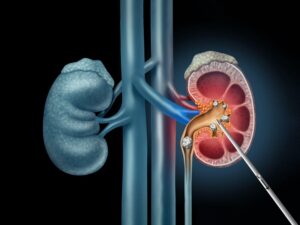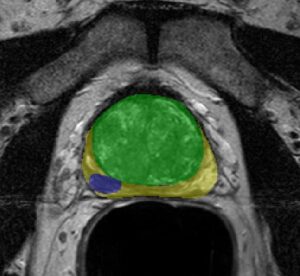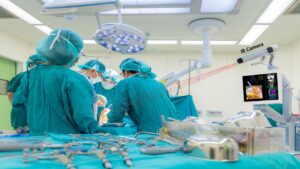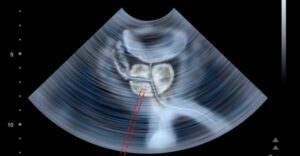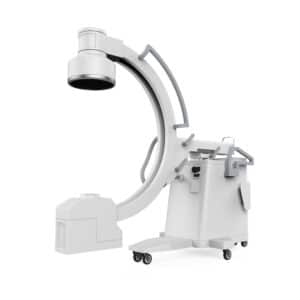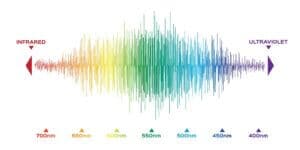This page is about software developed by RSIP Vision to grade and sort agricultural produce with deep learning. If you want to boost your project with the newest technology advancements, request a call from one of RSIP Vision’s top engineers.
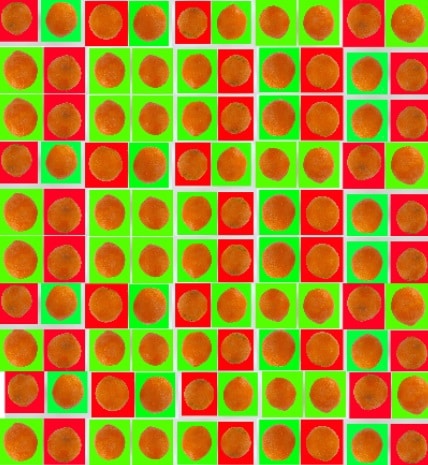
Mechanical sorters
Mechanical sorters are machines, usually integrated to a conveyor belt, over which agriculture products are sorted by external criteria like dimensions and weight. Such equipment is based on mechanical apparatus triggered by these criteria. For example, a product, be it fruit or vegetable, is dropped into a bucket when its weight or diameter are measured at higher values than a given threshold. When values are lower, it simply travels on the conveyor belt towards the following test. Mechanical sorters are fast and reliable. However, they are limited in that they test only generic criteria.
Challenges
There are many other aspects that should be considered when sorting and grading agricultural product. One example is our modern environment. Today, many people are living in large agglomerations, far from the places where agriculture products are grown, which is sometimes overseas. Such distance calls for longer shelf life, but time is a strong spoilage agent and only fruits and vegetables of the highest quality will survive the longer time to market required. We can predict the potential for preservation in fresh produce by inspecting them for existing defects. Even local defects can expand in time and spoil the whole fruit, making early defect detection a crucial step. Visual defect detection aided by algorithm-based visual systems is used today all over the world. Its goal is to detect as large a set of defect as possible. Such defects can be spotted under the form of color variations, local scratches, bumps and irregular shapes. Many systems today are able to detect those defects. They are usually tuned in advance by an expert operator. The better the skills and patience of the expert, the better will be the quality of detection. This is a real industry challenge, since grading performance may vary depending on personal skills: when these are below par, the results may be profit losses and damage to the reputation of the producer or the distributor.
Optical and visual grading
Optical and visual grading systems consist in fruit images being analyzed by dedicated algorithms. Usually, multiple images per a single fruit are used, in order to ensure consistent performance. The analysis algorithms look for defects over the following variables: size, shape, color, and external quality. External quality is detected by color and pattern variations from the standard color and texture. Optical and visual grading can be used to explore the fruit internals by using dedicated cameras, like IR cameras or other cameras responding to a special spectrum.
Existing systems and algorithms
Agriculture produce is analyzed today by classical image processing algorithms. Shape, color, and pattern detection algorithms are common. In addition, normalization and equalization algorithms are used to prepare the images for automatic visual inspection. We may find multi-threshold algorithms to isolate phenomena along geometric contour trackers. Such algorithms may detect the defects and clearly bound them to evaluate their severity. All the discussed algorithms require a tuning effort to ensure accurate performance with minimal false or miss-detection. The actual performance is highly dependent on the quality of the visual system and on the effort done in the tuning. A higher skilled operator ensures better algorithm tuning and performance.
Video of RSIP Vision’s orange grading system based on Deep Learning
New methods: deep learning
Modern methods, such as deep learning, successfully challenge the human factor in traditional vision algorithms. The tuning phase is replaced by automatic learning. When the deep learning algorithm is provided with a set of “good” fruits (oranges for example) and another set of oranges with defects – it is self-adjusted to classify (grade) additional oranges based on the sample sets. No fine tuning is needed here. Every time an orange looks like one of the sets, it is classified and graded accordingly. This method is fast and reliable; more importantly, it yields a consistent performance. The deep learning is the state-of-the-art solution we recommend today for many applications of this kind.
RSIP Vision in Precision Agriculture
RSIP Vision, a powerhouse of vision algorithms, is of course familiar with the most advanced deep learning technology. For several years now, RSIP Vision is using deep learning in detection and classification tasks, like assessing medical pathologies (in eye care and other health care fields) or analyzing written documents in OCR projects. We apply our strong deep learning experience to precision agriculture software and offer our customers this modern and highly capable technology to revolutionize the grading and sorting process. Contact our engineers before all your deep learning projects.


